Koldo Almandoz: "I hate nice, moving characters and people."
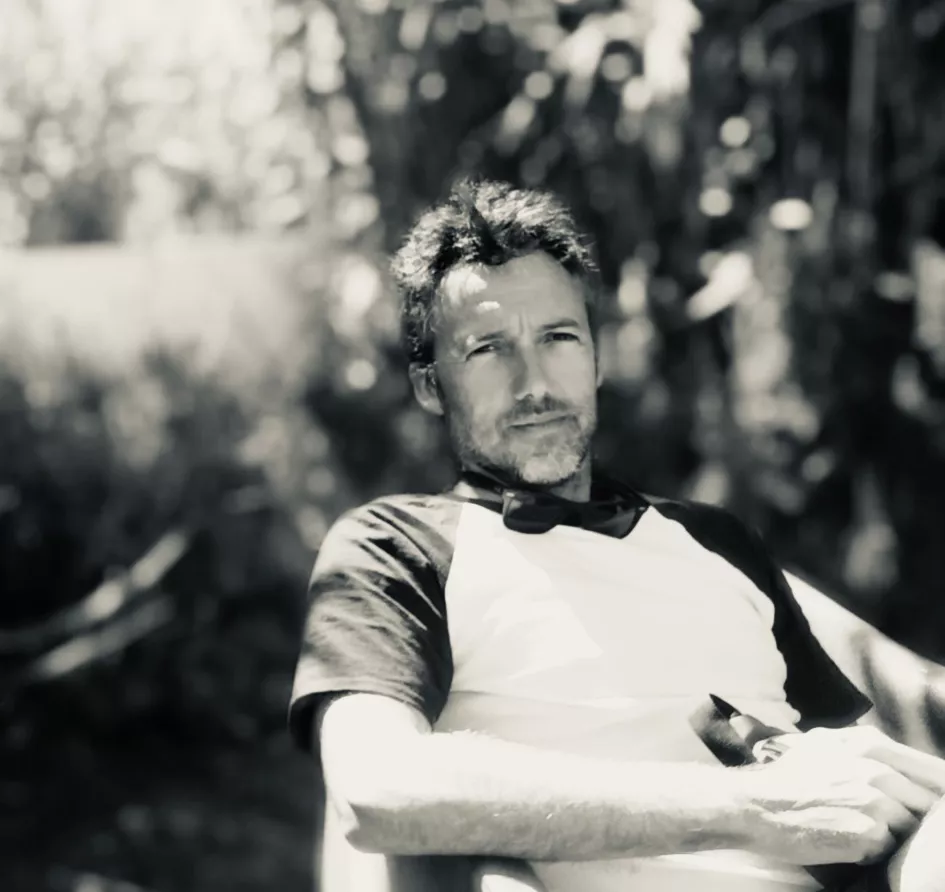
Nerea Garcia, the investigator we met in the Hondar Ahoak series (Koldo Almandoz, 2020), is not at her best. She has lived entrenched in her house since she was fired from the Ertzaintza, wrapped up in an ironic distance from the area, but the former boss will turn to her because a serial killer is killing several women in ritual attacks in Bilbao.
The sand mouthsfrom Ondarroa to the shores of Bilbao, to the geographical edge of the Ria and to the social peripheries of the city, has been followed by director Koldo Almandoz (Donostia, 1973), who has accelerated the pace and multiplied the clues for the viewer in Zeru ahoakcompared to the precedent.
All these clues will, of course, serve to place the viewer in the research that will lead Garcia (masterfully embodied by the actor Nagore Aranburu, who this year appears in the four works of the Official Section) to the sewers of power, as a grip to guide the public in the tense narrative thread of the research, since this work of Basque noir provides everything that can be demanded of the genre to the fullness: dark aesthetics, tension, suspicions that sound rotten, the end of chapters that leave you with a desire for more.

We talked to Koldo Almandoz about the series that helps, feeds, strengthens and honors the creation of the Basque imaginary. In the Official Section you will see the work with the participation of ETB, out of competition, and starting next week on ETB1 and BIKAIN.
Itcomes after the sandmouths The mouths of heaven. How has this conditioned the process?
AfterI finished the Sand Mouths , I somehow outlinedtheargument of what Sky Mouths has been . At first, I thought it would be an opportunity to do it quite continuously, but it didn't happen.
I'd say they have the same spirit, but this time the tone and rhythm have accelerated. I didn't want to repeat the model. I had to risk it. I wanted it to be a new challenge and a step forward, especially in the plot and in the construction of the characters.
I'd say the sand mouths are naifago and The sky mouthsare more complex.
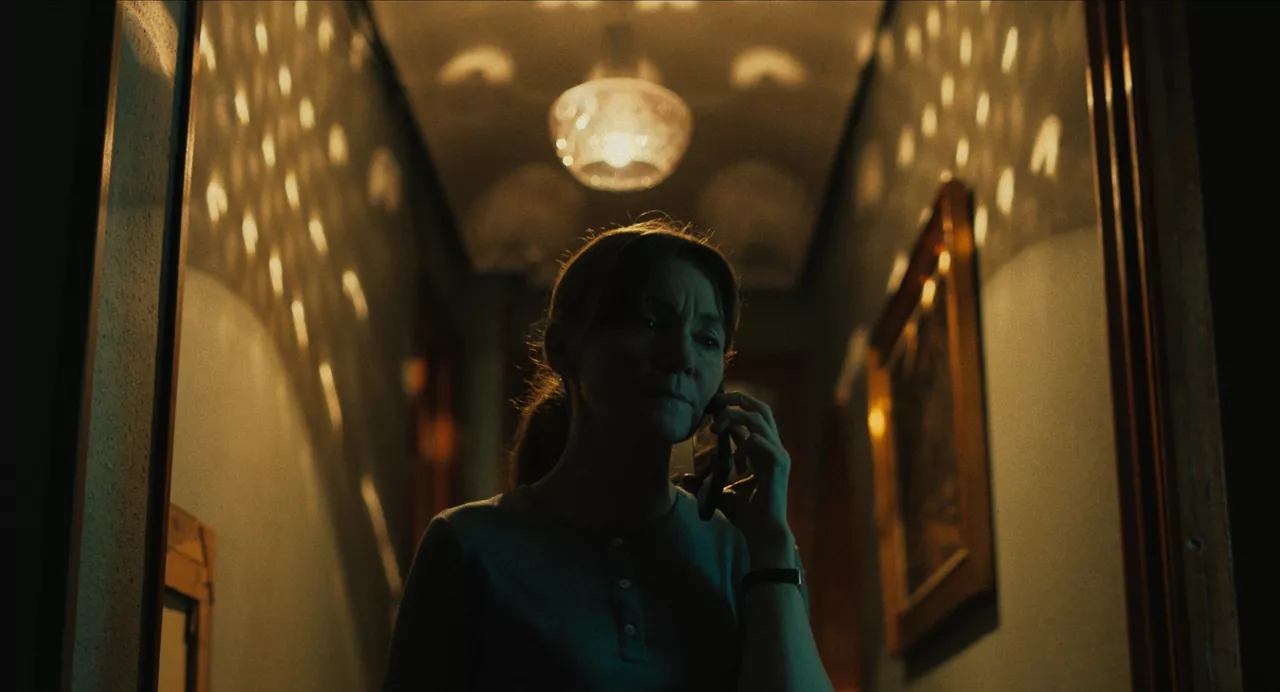
At one point, one of the characters confronts bestsellerswith reality. What has been your relationship, in this genre work, with credibility, likelihood, realism, reality and fiction?
The character Nerea Garcia insists on one side and the other, "That only happens in the series," or "That report looks like bestseller. "
I like the fact that the character suddenly becomes aware of his fictional character, which is like breaking the fourth wall and, contrary to what it seems, makes him a more realistic character because it makes him equal to the viewer.
I like the black genre. Nowadays, in movies and series, there's always a clear cause, a morally indisputable proclamation, or a topic on the agenda.
The genre makes it possible to talk about social issues, but without the banner always in front of it.
The black genus allows pudding, along with discretion and self-criticism, a behavior that is about to disappear.

In an earlier interview, you said that thewill and illusion of those of you who participated in Hondar Ahoak had covered material and temporal deficiencies. Have these conditions changed for this second?
The sand mouth was an unrepeatable miracle. The team was generous, but I want to make it clear that we all paid above the convention. It wasn't amateur work.
We've been a part of ETB since the beginning, but we've been very fair and there are things that could have been done better if we had had more support from those who should have promoted fiction in Basque.
Sometimes it seems to me that the fascination with platform logos confuses the goals and strategies of our leaders. What we did four weeks ago, we did five weeks ago. Better? Yes. Enough? No. That's why I'm proud of the work the team has done and very grateful for their loyalty to us.
This second story has given you the opportunity to develop the character of researcher Nerea Garcia. How has Nerea gone all these years?
Well, it's been five years. He was fired from the Ertzaintza. He lives on a flat in Bilbao.
He maintains his sarcastic and strict personality, but he has other dependencies and weaknesses. We've respected the five years that have really passed, and I think the characters and the story are favored by the eyes and wrinkles.

How do you relate to your characters? In the case of Nerea, for example, the viewer is given information to make his behavior understandable, but it is not necessarily enjoyed, for example, to be loved by the public.
Nerea Garcia has a lot of me, and I think Nagore Aranburu has given her a lot.
He's not too sympathetic, he's grumpy, he's shy, he's ruthless to himself, he's ruthless to others. He's not happy and he's sick.
One of my mantras is that loving characters doesn't mean that we have to forgive them everything. I really hate nice, moving characters. And people. People who invest their whole lives to please everyone on their funeral day to fill the church with people.
Within the skeleton established by the conventions of the genus, a more personal and profound substance appears in the series, full of symbols, symbols, and gestures. How do these two worlds sew together?
I think these gestures and references are extraordinary, because The Mouth of Heaven is addressed to the Basque public. I am so excited to spread the series around the world, but it is made for us, so it needs our references.
It is essential to have our own cosmology and self-referentiality, which makes The Mouth of Heaven a unique and distinctive work.
For example, the mattress, which looks like the phrase of Berri Txarrak (there is a mattress painted "Born. Work. Dead" next to a corpse), has another layer: it is a tribute to the work of the Duranguese artist Ismael Iglesias, who has spent years painting with pink spray the mattresses left in the streets of Bilbao and the surrounding area with his slogans and his thoughts.
And by the way they are also ours, because we have brought them to us, Genet, Passolini, or Spider Man, because we Basques live in the world and today, and not just in the Mythology, ha ha ha.

Sky Mouthhas been selected for the Official Section of the Festival. It's not your first time at the Festival, far from it.
For a small series like this, it's important to have a showcase like this. Normally, you don't get that kind of opportunity. It gives visibility to the work and to those of us who've done it.
The series will be seen on the big screen and in its entirety in San Sebastian, with the four episodes in a row, starting and ending.
I don't understand how we'd rather bore people in the halls than leave them wanting.
But in this case, look, it benefits us.

What other movie or series would you like to lose from Festival programming?
I'm very busy, and I've barely looked at programming, and I try to see new things from the Official Section, New Directors, Zabaltegi and special cycles.
To me, the Festival has long and almost every year made beautiful discoveries: those two fascinating cycles devoted to classical Italian comedy; the beautiful After Life by Kore Eda; the one I saw in 2001 with Lucrecia Martel and her La Ciénaga ...
Do you have any other projects on your hands?
Yeah, the one I'm busy with wasn't a lie.
It's going to be a contemporary movie, and it's going to talk about those little things that are really important in life, but without preaching, and in an entertaining tone.
*Zeru ahoak igandean, September 28, premieres on ETB1 and BIKAIN
You might like
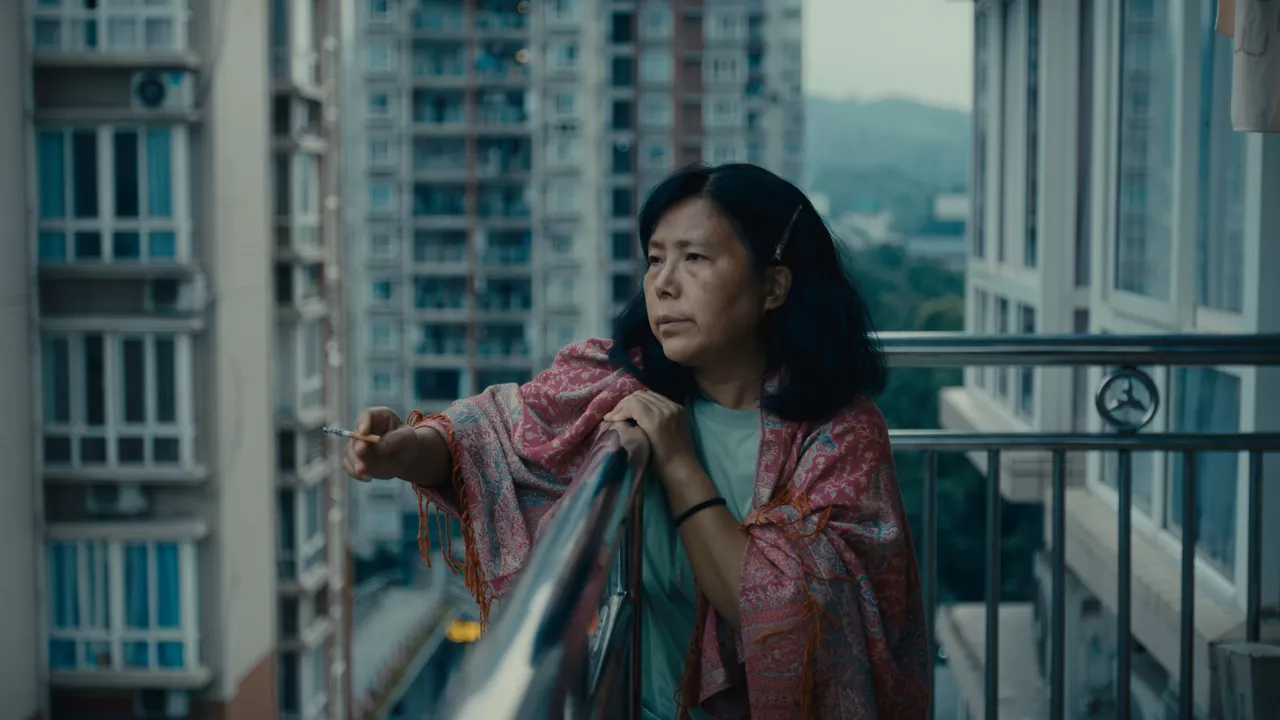
The short film "Correct me if I'm wrong" has won the Zinebi Grand Prix
The documentary work of the Chinese filmmaker Hao Zhou has received the highest recognition from the jury of the Bilbao International Documentary and Short Film Festival. The award for the best Basque short film has been for "Havana industrial", by Ainhoa Ordóñez, and the Grand Prix for the Best Spanish Short Film by Aitor Gametxo.
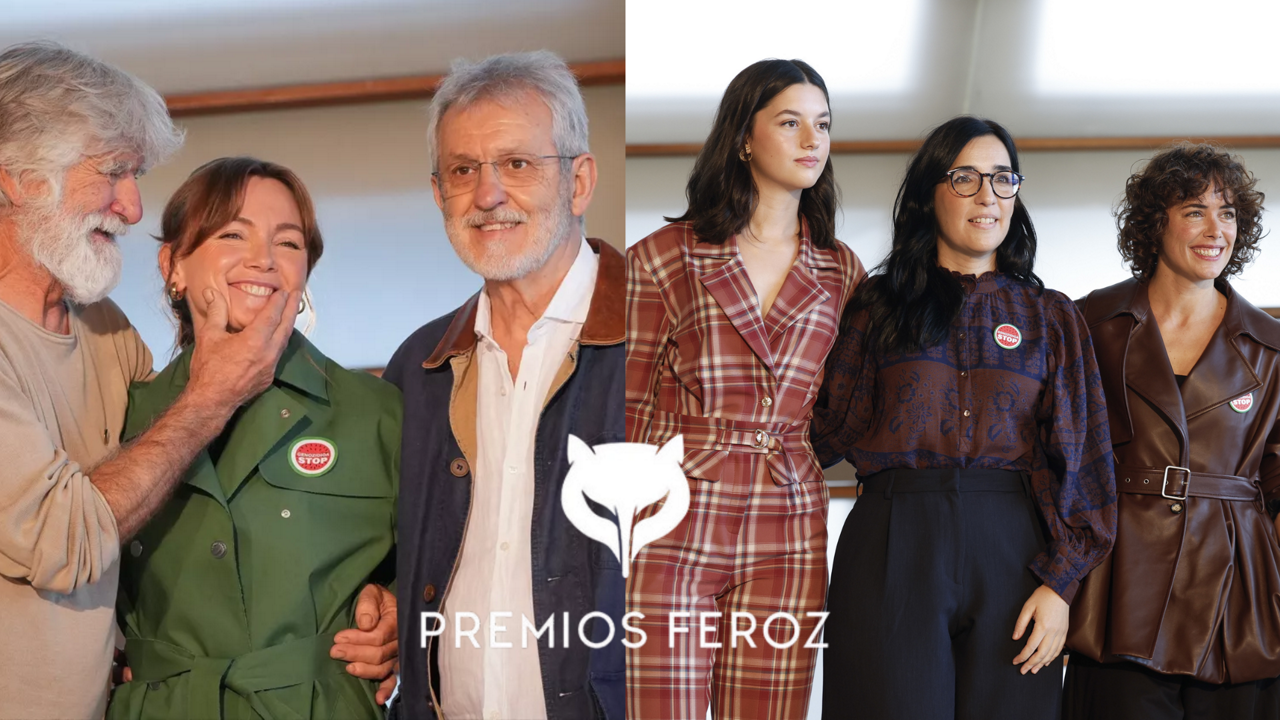
"The Domingos" and "Maspalomas", the films with the most nominations for the Feroz Awards
The Domingos, with nine nominations, and Maspalomas, with seven, are the most nominated films for the 2026 Feroz Awards.
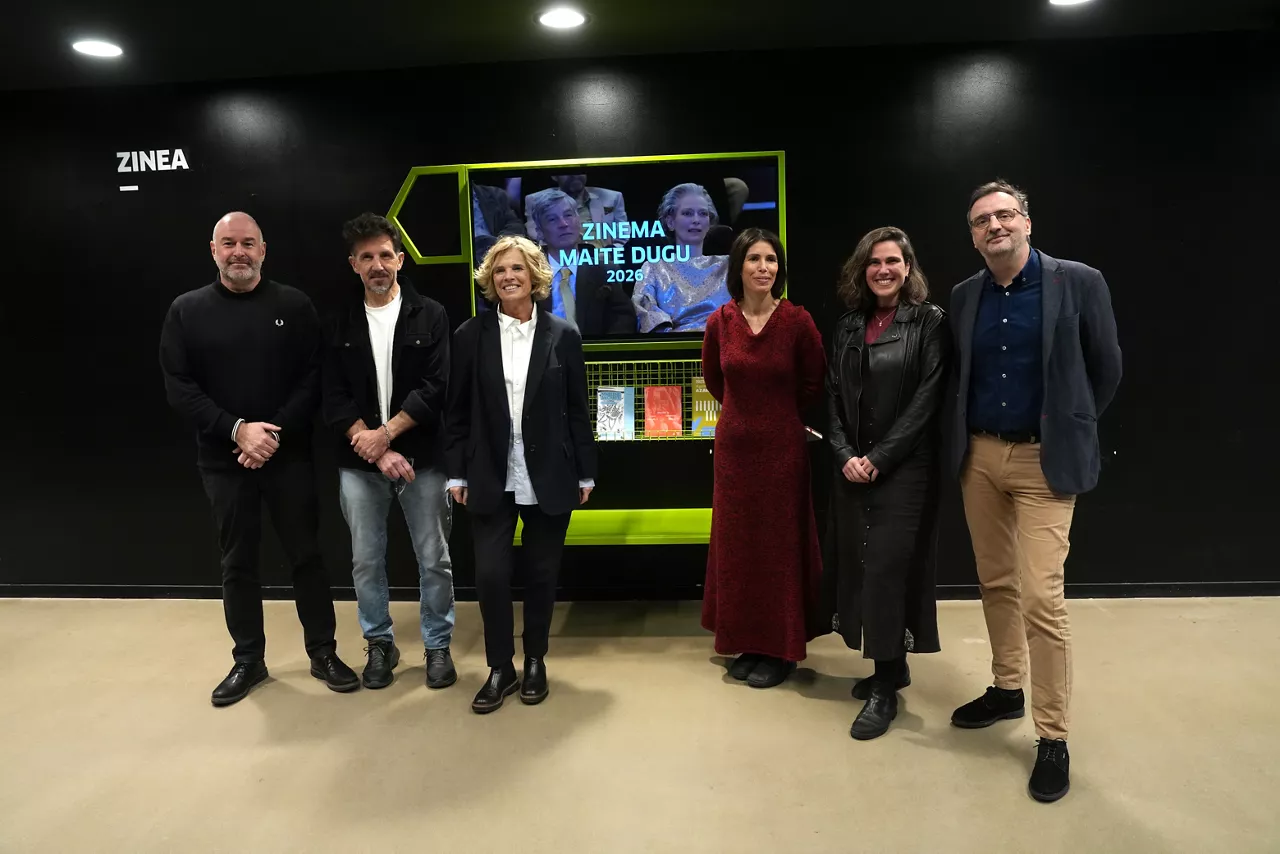
32 Billy Wilder films will be shown by Tabakalera as part of the 2026 film program
Tabakalera's new 2026 film season has been designed by Donostia Kultura, the San Sebastian Film Festival, the Basque Film Library, the Elias Querejeta Film School and Tabakalera itself, and will begin on January 8.
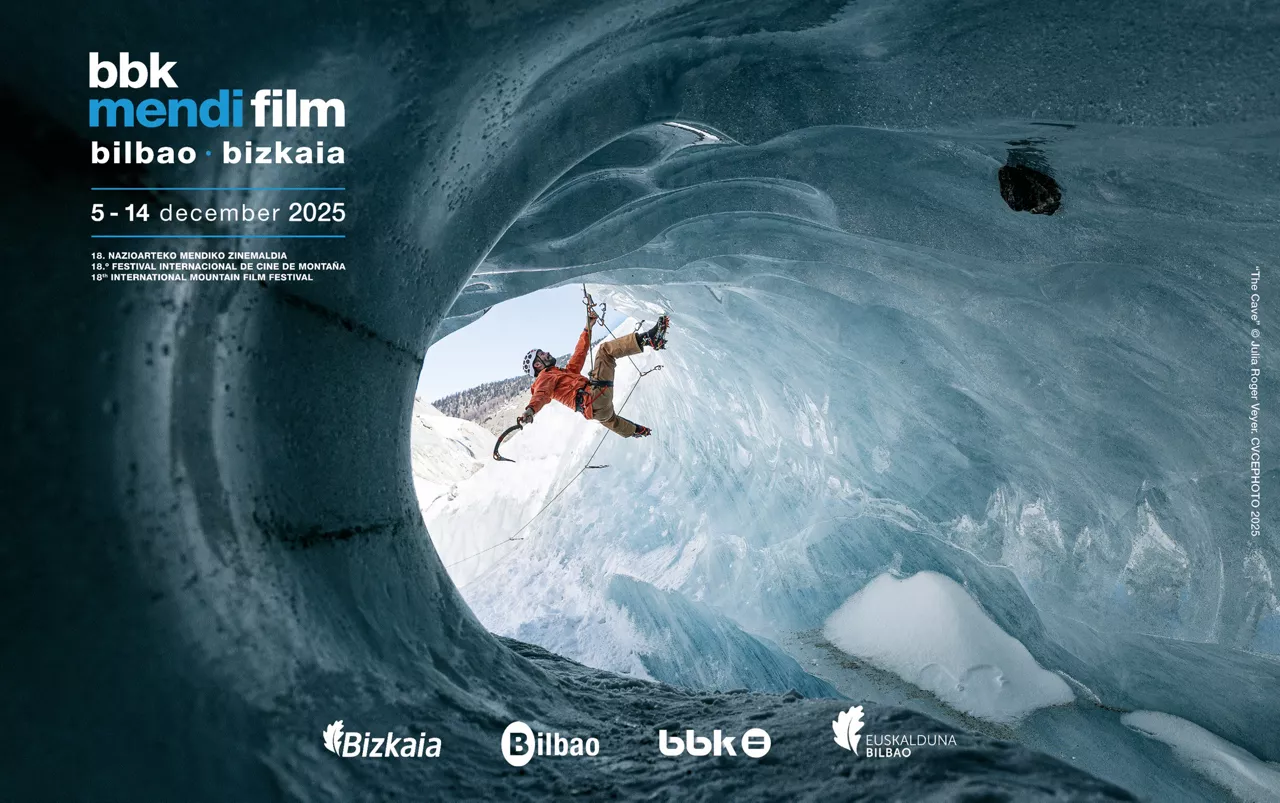
MENDIFILM, 18th edition of the Bilbao International Mountain Festival
The Euskalduna Palace will be the main venue of the festival and from 5 to 14 December 55 films will be shown, 12 of them Basque productions. At the opening ceremony of the festival you will be able to see "Entre Juan y Juanito" , a film directed by Javier Alvaro about Juanito Oiarzabal. Bestalde, film by Luis Arrieta, created thanks to last year's Mountain Film Scholarship .
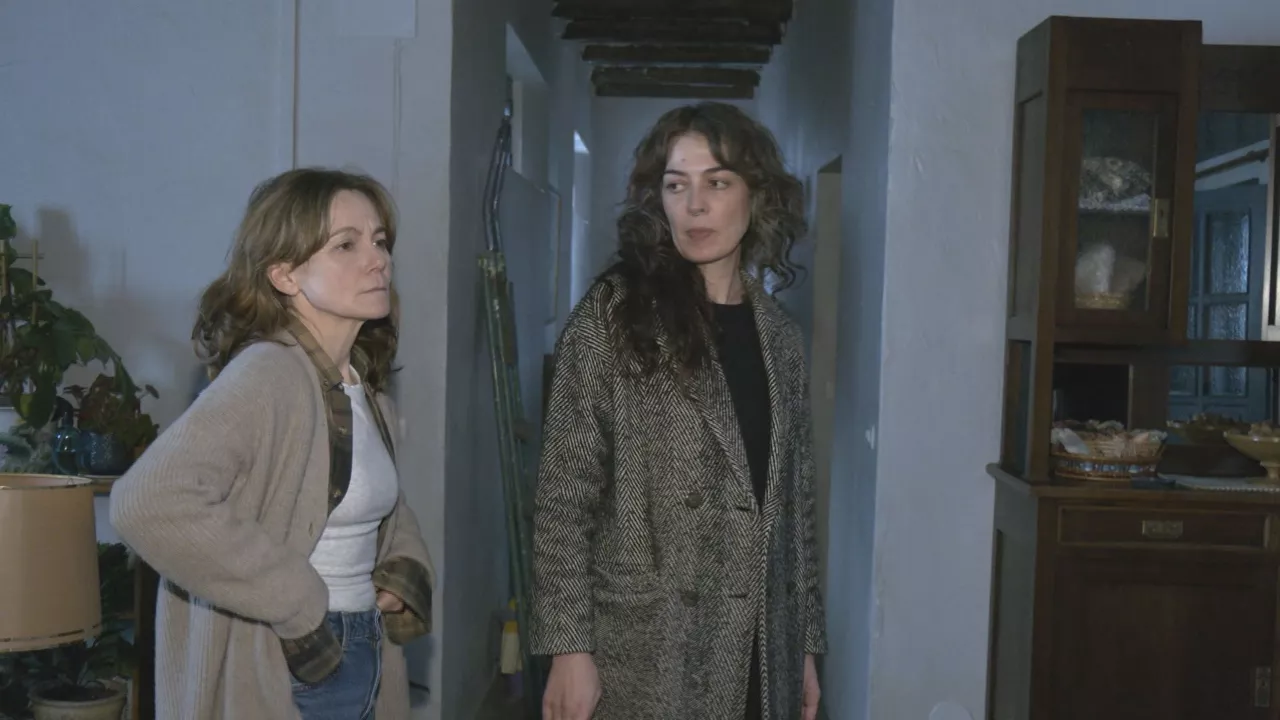
Norma Vila is shooting her first feature film, "Salitre," starring Nagore Aranburu
These days in Arrigorriaga they are filming the film 'Salitre' by director Norma Vila, a feature film that combines intimate drama with psychological thriller, starring Nagore Aranburu and Haizea Carneros.
?fmt=png-alpha&qlt=80)
Zinebi presents the documentary "Llámame sinsorga"
The film, in which EITB participates, will be shown at the Zinebi Bilbao Short Film and Documentary Festival before arriving at the cinema on the 28th. The film by the Al Borde Flims House reflects the process of building the feminist space of Bilbao La Sinsorga.
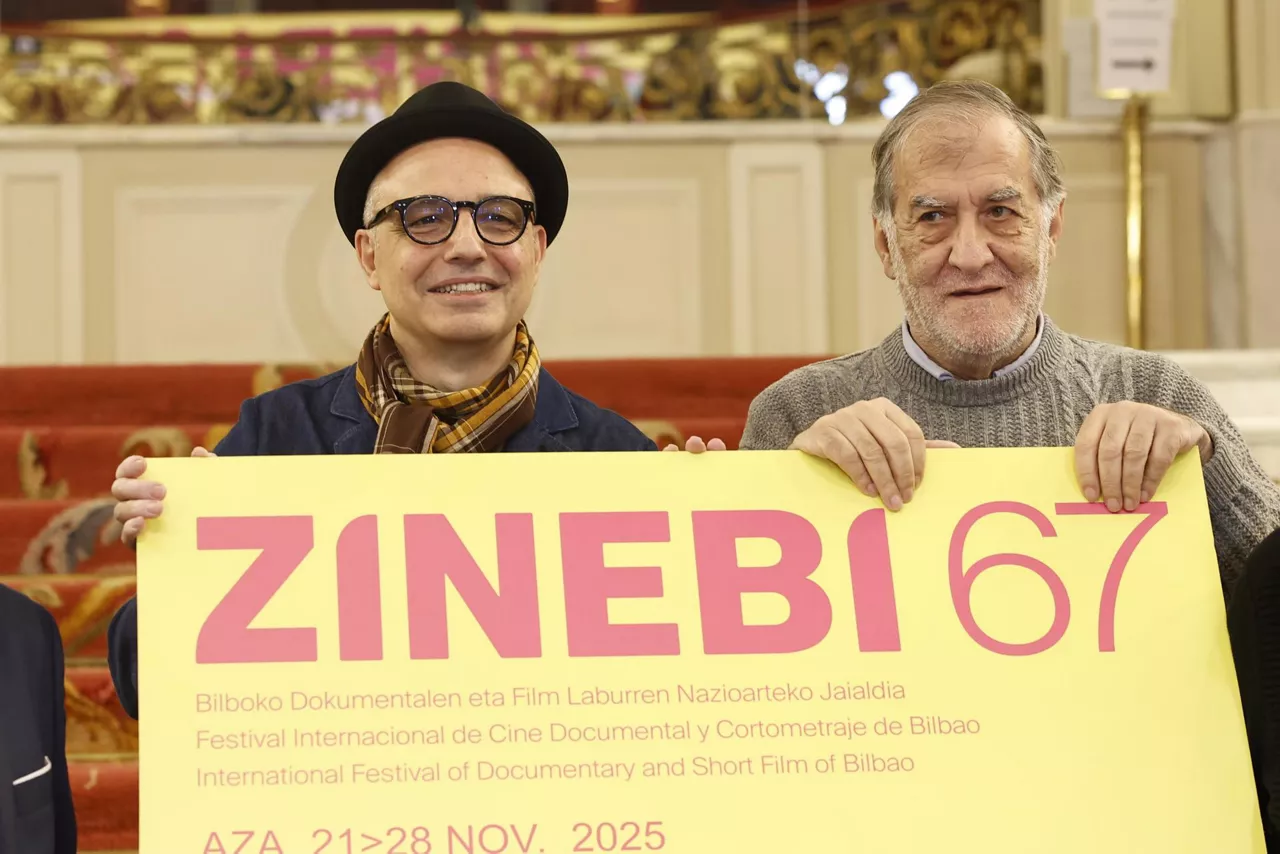
Zinebi leaves with humor, music and the Mikeldi de Honor for Pablo Berger
The 67 edition of Zinebi has begun at the Arriaga Theatre with a nod to the rise of Bilbao's filming, musical performances and the presentation of novelties. The opening session has included the screening of the Official Basque Short Film Section and the award of the Mikeldi de Honor to the filmmaker Pablo Berger.
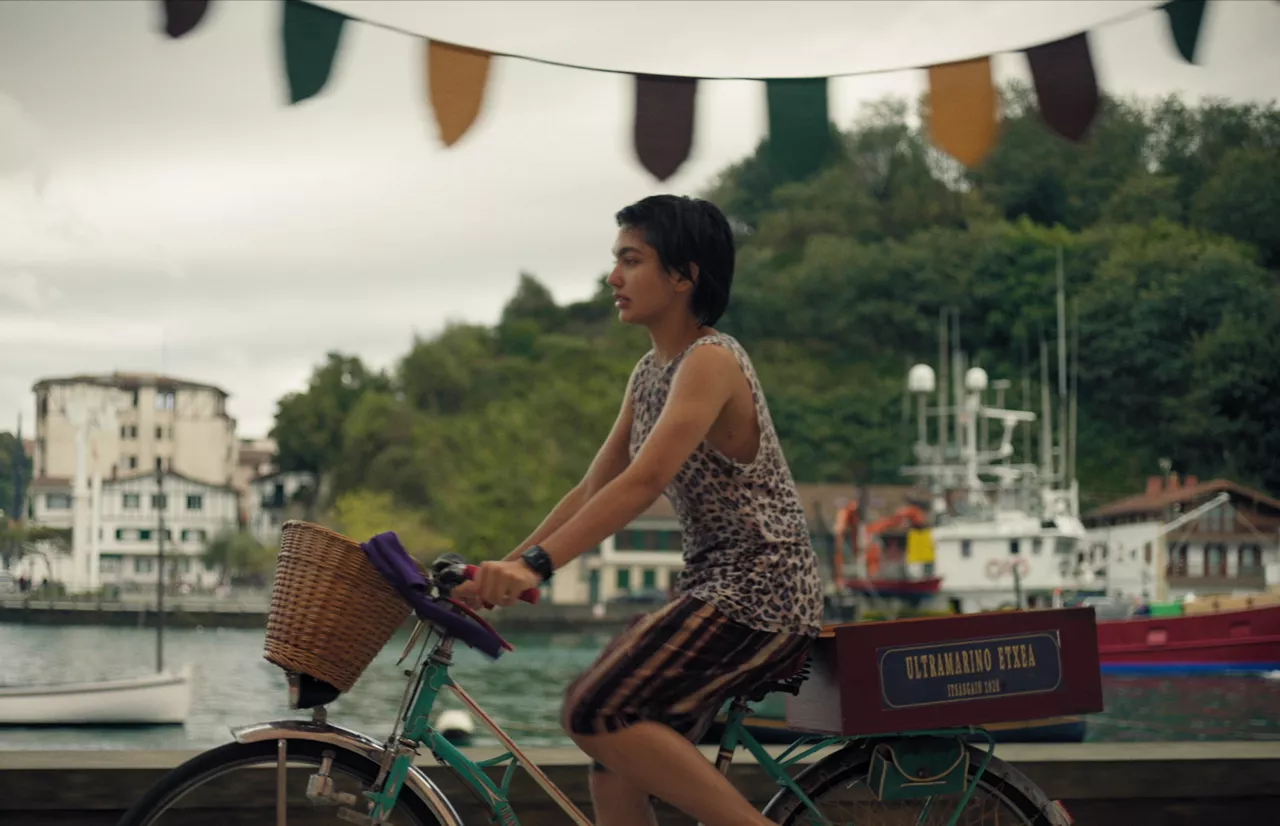
Five Basque short films in Zinebi's Official Section
Bea Lema, Aitor Gametxo, Ainhoa Ordóñez, Giulia Cosentino, Perla Sardella and the latest works by Maren Zubeldia and Silvina Guglielmotti compete for the Bilbao International Documentary and Short Film Festival, which begins today and ends its 67th edition on the 28th.
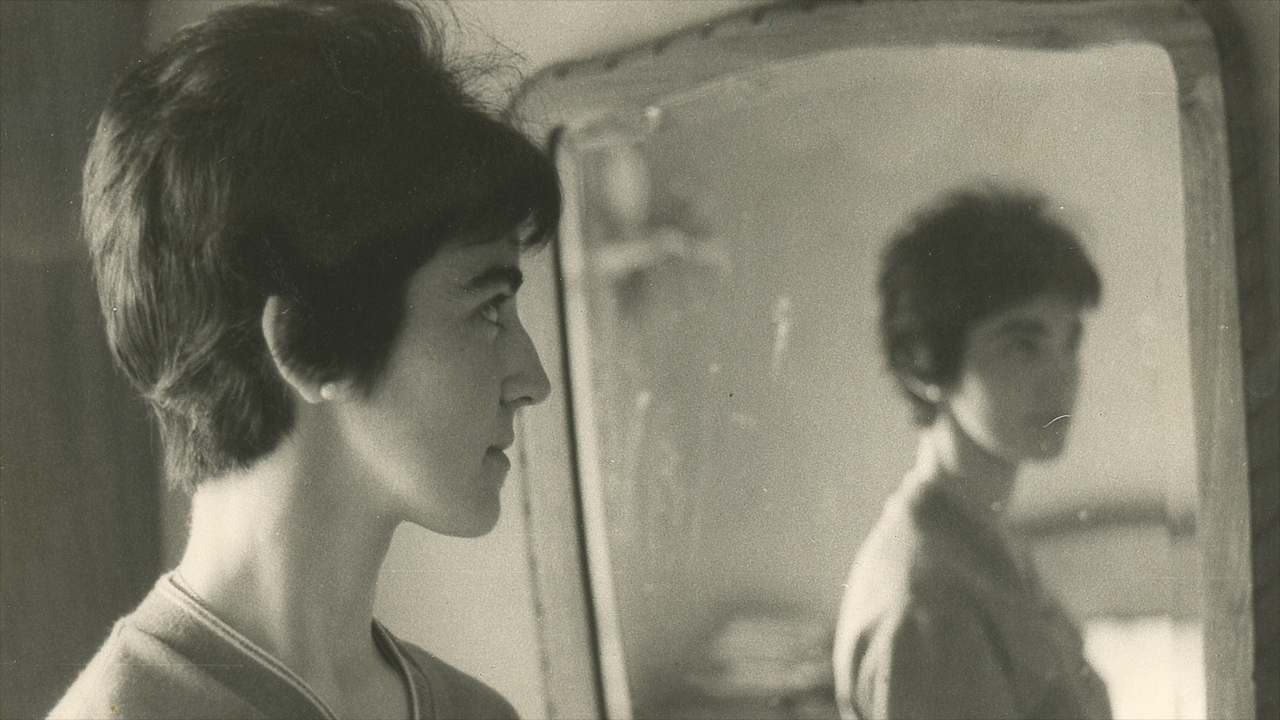
“Lurdes Iriondo, ez gera alferrik pasako” dokumentala zinemetatik pasatuko da
Iruñean, Bilbon, Donostian eta Madrilen izango da ikusgai filma estreinaren egunean, azaroaren 14an, eta gero herriz herri erakutsiko da: Tolosa, Lasarte, Basauri, Aramaio…
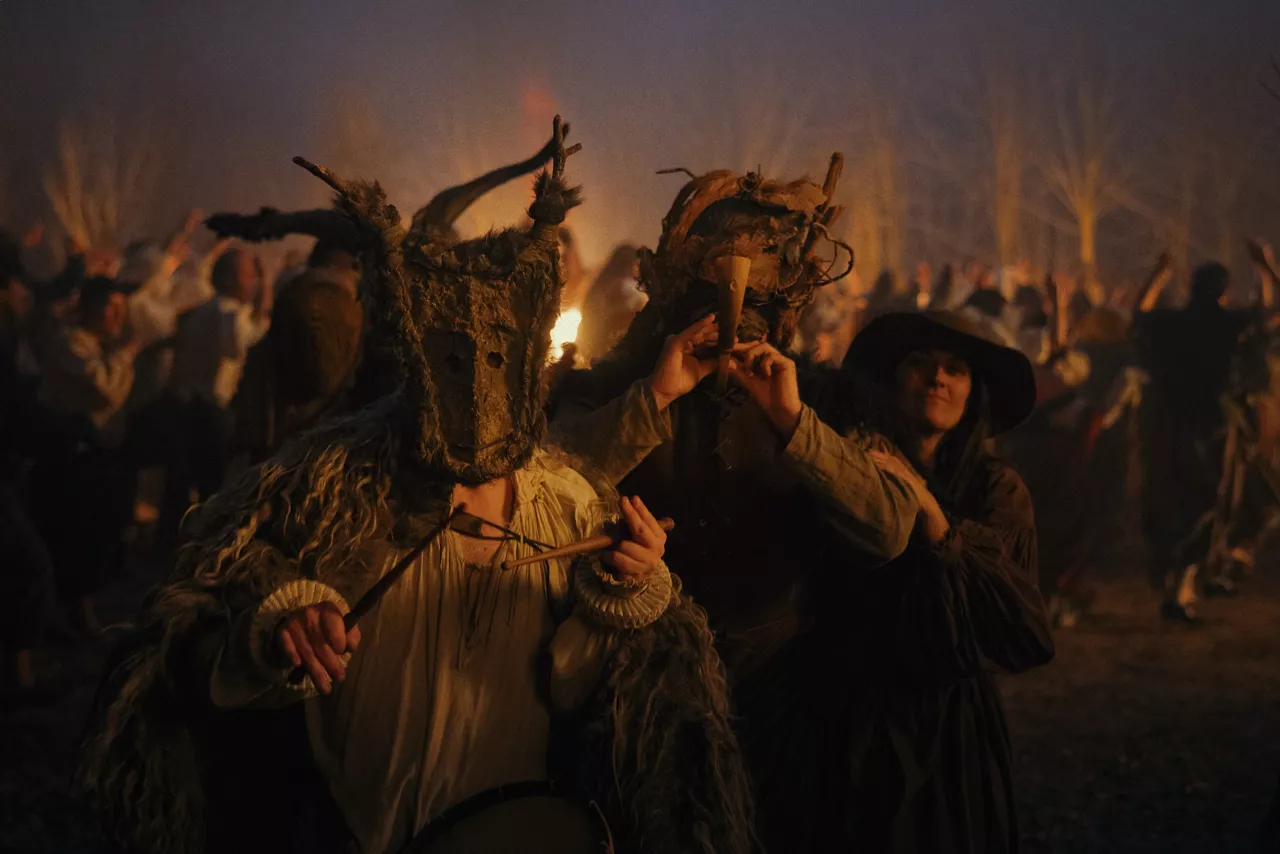
Paul Urkijo: "I wanted to show Basque mythological creatures the most beautiful and epic way"
Paul Urkijo tells us about the mythological creatures and legends that are renewed and honoured in the night film: Gaueko, Inguma, Mateo Txistu, Akerbeltz... The objects and legends collected by Father Barandiaran, the rituals to repel witchcraft, the phrases and legends related to witchcraft... Urkijo explores the Basque tradition in his third feature film. He gave us a review of them and explained to us, for example, the trick of understanding how he had flown the man who had said the incantation was wrong.

